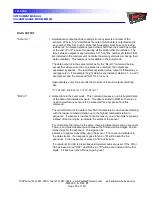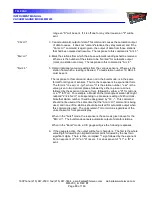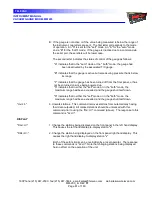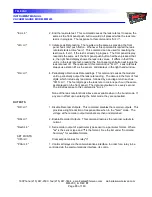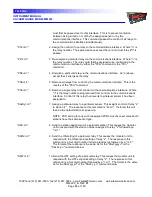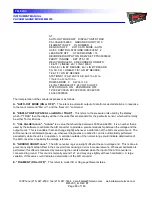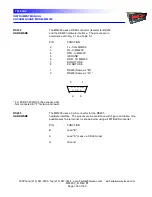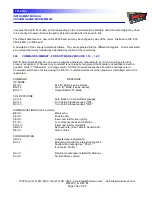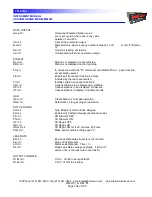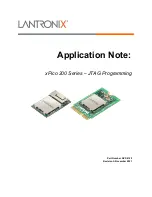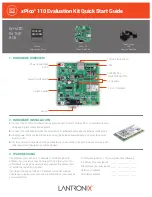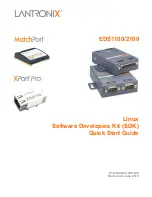
INSTRUMENT MANUAL
VACUUM GAUGE MODEL MM200
160Phone:(215) 947-2500 fax:(215) 947-7464 e-mail:[email protected] web site:www.televac.com
MM-200_im REV M
Page 92 of 160
TELEVAC
CONVECTION GAUGE 4A ATMOSPHERE ADJUSTMENT
"AF<cr>"
1. This turns off adjustment for atmosphere without disturbing the correction
values that are presently in memory.
"AN<cr>"
2. This turns on adjustment for atmosphere using whatever the values that are
currently in memory.
"AP<cr>"
3. This presets the memory values to neutral. The unit will respond as if the
Atmosphere adjustment did not exist, whether the Atmosphere adjust was on
or off. It does not turn "off" atmosphere adjustment (see "AF<cr>").
"Ayxxx<cr>"
4. This command is used to perform an atmosphere adjustment. "y" is the
station number, and "xxx" is the atmospheric pressure. This
should be the true absolute pressure at the sensor. That is, it should not be
the barometric pressure adjusted for sea level (as is commonly used for
weather and aircraft).
ZEROING THERMOCOUPLE, CONVECTION, AND DIAPHRAGM GAUGES
"Zn<cr>"
1. Set the zero for a station. This command determines and stores an offset
value for zeroing of station "n". It may be used with thermocouple, convection,
capacitance manometer, or diaphragm gauges. It should only be used when
the pressure at the gauge is known to be less than one tenth of the lowest
possible reading of that gauge. It can be used with the first eight stations. For
station number "n" an offset is determined so that the gauge will indicate zero
when the "ZN" command (see below) is given, or will immediately zero if the
modular unit is already in the "zero" mode.
If the reading is outside of a relatively small range of readings, a fault bit is set,
and the maximum available correction is made. Should a subsequent attempt
be made to zero the gauge, and the reading is within the proper range, an
offset will be generated and applied. However, the fault bit will remain set. In
this manner the host will be able to determine that a fault had occurred (even
though it may have been in the operating procedure). The host can clear the
error bit, re-zero at the known proper pressure, and determine if the fault
occurs again. If it does, the sensor is likely at fault.


